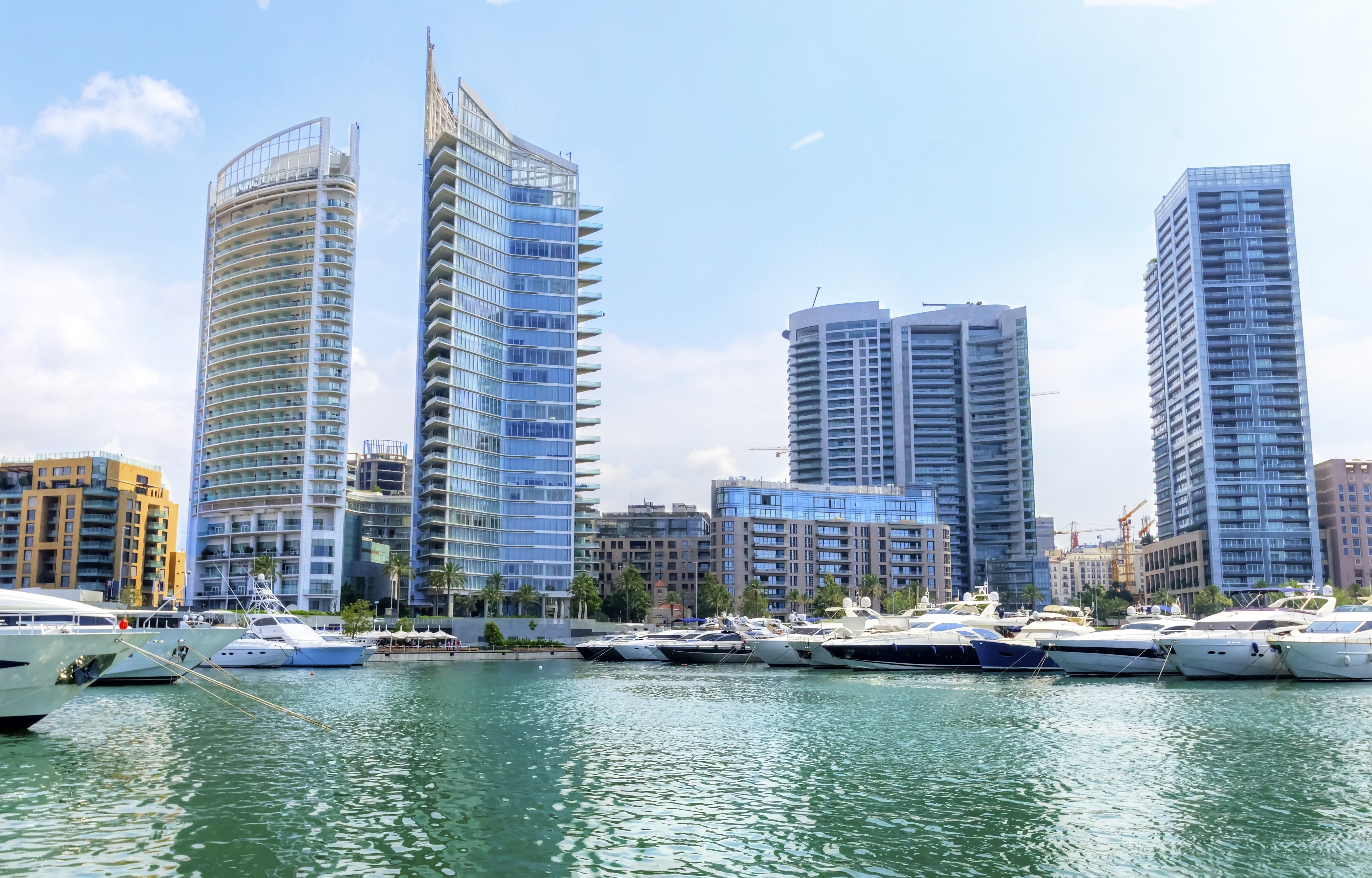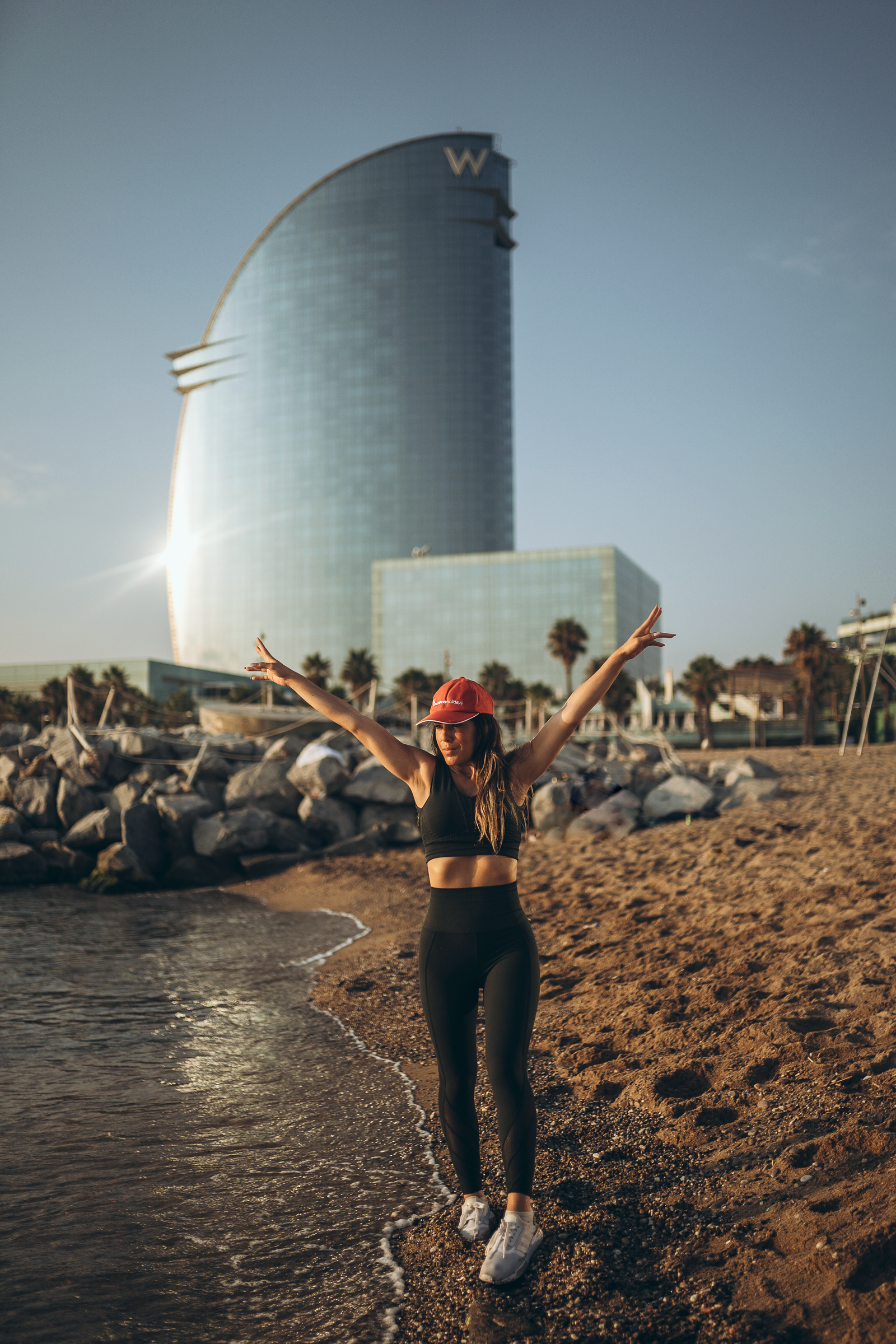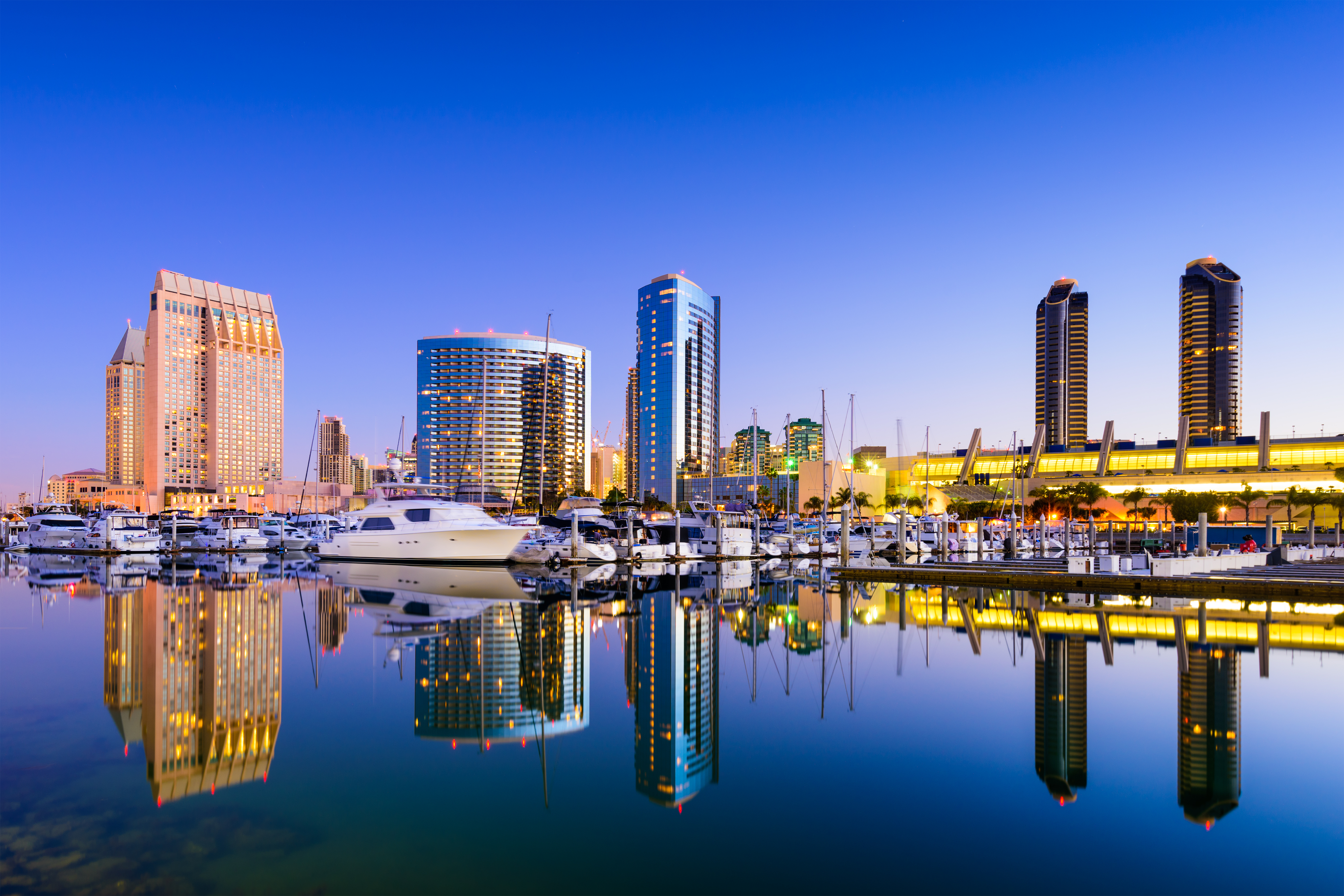Beirut has a lot to offer. You can see most of Beirut in the Downtown area, the most elegant and dynamic in the world. Marvel in the Solidere and have a cup of tea and some famous Lebanese sweets by the Parisian style cafes packed with trendy Lebanese.
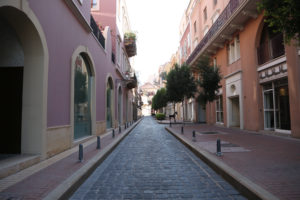 Downtown Beirut
Downtown Beirut
In the Downtown, you can see The Martyr’s Square located in central Beirut and full of history. In 1916 it became Martyr’s Square in memory of Syrian-Lebanese nationalists who were executed by the Ottomans. A bullet-ridden statue symbolizes the destruction that occurred during the Lebanese civil war. Most political demonstrations and protests take place there.
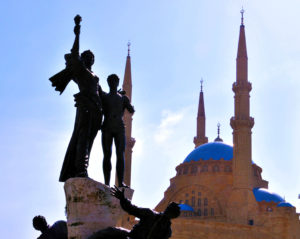 Martyr’s Square
Martyr’s Square
A great architecture is Al Omari Mosque, one of the oldest buildings of Beirut and dates back to the 13th century when it was built by the Mamluks. The mosque was damaged during the civil war but has now been restored to its former glory. Now, this mosque is very well maintained and is visited by worshippers and tourists in large numbers. Entry is not permitted during prayer hours and not permitted at any time during the month of Ramadan.
The Clock Tower stands right in the center of the Nejmeh Square in Downtown. Originally built by the French, it suffered a lot of damage during the war but after hard work, it attained its old glory. You can see kids with bicycles and feed the pigeons or maybe relax at the Rotana Cafe.
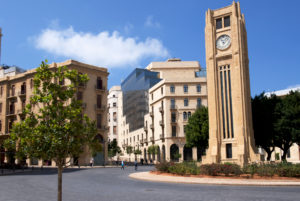 The Clock Tower
The Clock Tower
The Grand Serail, overlooking the city center and originally constructed as Ottoman military barracks in 1853, it was later used as the French Governor’s headquarters. After Lebanon’s independence, it is now the Government Palace or the headquarters of the Prime Minister of Lebanon. The Grand Serail has an amazing 430 rooms and chambers.
keep strolling and you will reach The Roman Baths, lost for several years and discovered in 1968-69. Situated behind Bank Street, the site is surrounded by a garden which attempts to recreate the atmosphere of ancient Roman gardens. In addition, there is a small Amphitheatre for open-air concerts. A perfect spot for lovebirds!
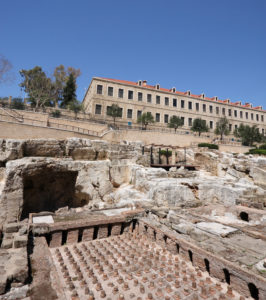 The Roman Baths
The Roman Baths
The Corniche in Beirut is not like any other corniche in the world. I am from Alexandria but still can tell you that walking by Beirut’s Corniche is memorable and amazing. You can see people riding bikes, jogging, fishing and rollerblading. The Pigeon Rocks rise from the middle of the water and it is a must for every tourist to take a picture with the rocks in the background, it is a Lebanese landmark. Lebanese locals gather at the Corniche during the weekend.
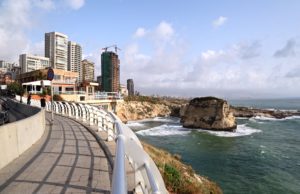 The Corniche
The Corniche
For history lovers, you can visit The National Museum in Achrafieh. Full of antiques and objects from past civilizations as well as Roman ruins. Compared to other great museums I have been to, this museum is relatively poor.
Also, a must see in Lebanon is Grotto Cave. The limestone caves, beneath the wooded hills of Mount Lebanon in Beirut, consist of two levels; an upper gallery and a lower cave. The upper gallery is an awesome natural collection of crystallized limestone of various colors and shapes and fascinating rock formations. Hundreds of years of action of limestone in water have resulted in these cathedral-like vaults, amazing walls, and unusual curtain-like formations. The lower gallery has an underground waterway, a 6230 m long river, which can be visited by boat. The temperature remains stable in the grottos for the whole year; 16 ◦C in the lower cave and 22 ◦C in the upper cave.
One of my favorite museums is The Gibran Museum, dedicated to the famous Lebanese poet, philosopher and painter Gibran Khalil Gibran, author of The Prophet. This beautiful picturesque town is Gibran’s birthplace which he left at an early age but returned to later, to build a house to retire in. After Gibran’s death, the house was turned into a museum dedicated to him. The museum showcases a number of his fabulous paintings. Khalil Gibran’s tomb is in the basement of the museum.
And for winter sports lovers, head to the north in winter and spend a day in Faraya. The resort of Faraya-Mzaar makes possible skiing for all levels and offers wide and gentle slopes for beginners. For intermediates and advanced skiers, the higher slopes provide immense challenges and fun while still maintaining an amazing view of the sea. It is easy to see why Lebanon has been nicknamed the ‘Switzerland of the Middle East’.
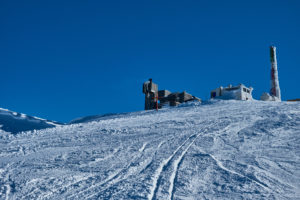 Mzaar Faraya peak
Mzaar Faraya peak
About the Author
 Mahy Medhat
Mahy Medhat
A storyteller with a wanderlust desire, who loves exploring the world with a penchant for culture and food. Mahy has been writing for numerous high-profile magazines and currently working on publishing her own book.
